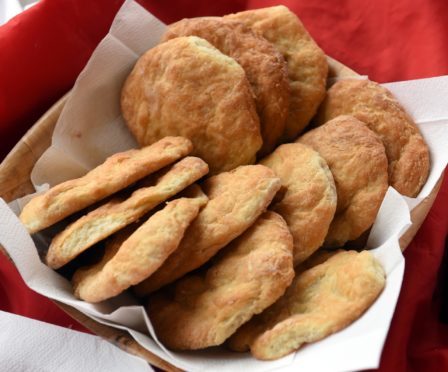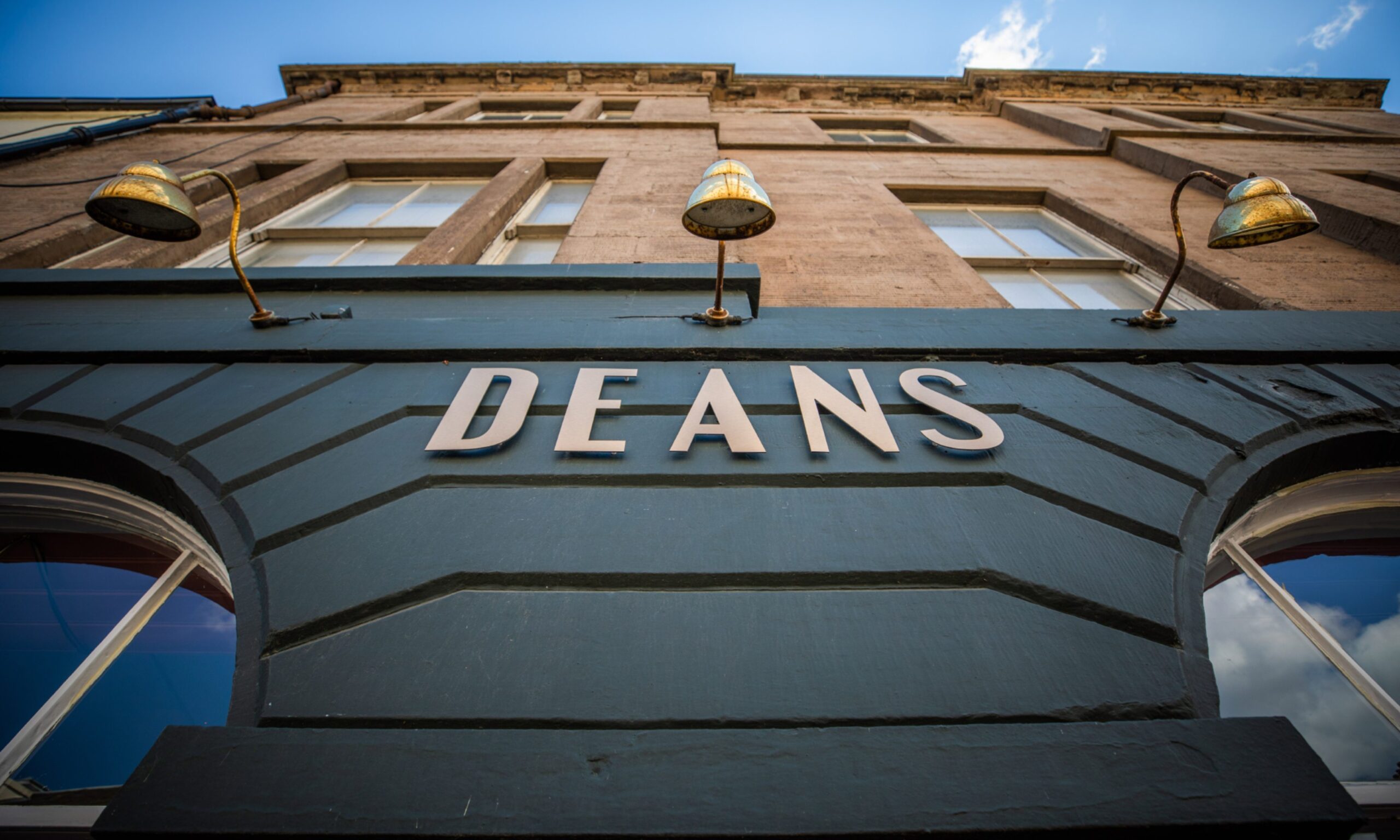This week I’m writing about something a little bit naughty, but terribly nice – the Aberdeen buttery.
Legend has it that this traditional pastry was made for the fishermen sailing from Aberdeen’s harbour. The theory is that they needed a bread that would not become stale during the two weeks or more that they were at sea. The high fat content meant the bread also provided an immediate energy source.
If you’re a townie you call them rowies; if you’re a teuchter you call them butteries. Here’s my recipe to rustle up your own batch. You’ll need 250g butter, 125g lard, 1 tablespoon soft brown sugar, 500g flour, 2 teaspoons dried yeast, 450ml warm water, 1 pinch salt.
Make a paste from the yeast, sugar and a wee bit of the warm water and set aside. Mix the flour and the salt together. Once the yeast has bubbled up add this and mix well to a dough and leave to rise. Cream the butter and lard and divide into three portions. Once the dough has doubled in size give it a good knead then roll into a rectangle about 1cm thick. Then spread one portion of the butter mixture over two thirds of the dough. Fold the remaining third of the dough over onto the butter mixture and fold the other bit over – giving three layers. Roll this back to the original size. Allow to cool for 40 minutes. Repeat stages twice more. Cut the dough into 16 pieces and shape each to a rough circle and place on baking trays. Set aside to rise for about 45 minutes then bake at 200C for 15 minutes.
Chef’s tip: Delicious served hot with grilled bacon and fried egg, they’re a great alternative to croissants, and also nice toasted with butter and preserves – enjoy!
Picture: Butteries from J&I Smith, award-winning bakers in Huntly











